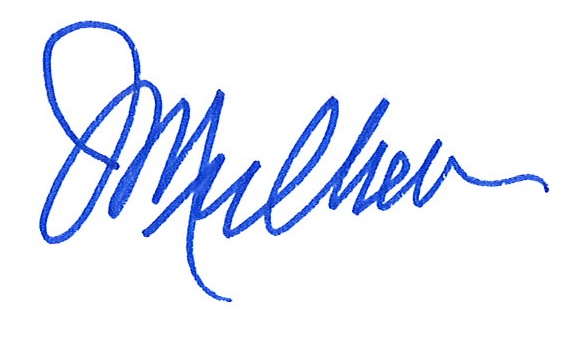How to Tell a Compelling Story
January 11, 2017
When I returned to NMPF four years ago to lead the organization, I was initially a bit surprised at the amount of time I was spending on the issue of animal care. Through my many years of work with the dairy producer community, I was well aware of the high level of quality care provided to animals on our nation’s dairy farms. Well cared-for cows are essential to a farm’s future – only healthy cows produce high quality and quantities of milk, the lifeblood of every dairy.
Because of this, I knew we had a good story to tell about the care of animals on those farms. But that’s not the story many consumers were hearing. Instead, years of attacks by agenda-driven animal rights activists had raised questions for many consumers about the care of dairy cows. Isolated and unacceptable incidents of mistreatment were being falsely presented as routine practice.
At that time, our industry’s program of animal care standards, the National Dairy Farmers Assuring Responsible Management (FARM) Program, was in its early stages – just three years old – and covered less than half the nation’s milk supply. Due to years of hearing only negative stories from activists regarding dairy animal care, consumers and customers were raising lots of concerns. Our largest dairy customers were looking for additional assurances that dairy cows were being properly cared for, and that their brands’ reputations would be safe from attacks.
Without the assurances that things were being done right on farms, many of our customers contemplated forming their own animal care programs. This would have created a completely untenable situation: a hodgepodge of separate animal care programs would have been an impossible burden for dairy farmers, cooperatives, processors and retailers.
This month, the third and latest version of the FARM Animal Care program arrives with almost universal – 98 percent – participation of the nation’s milk supply. Today, the program — and dairy farmers’ adherence to it — enjoys wide recognition, endorsement and praise from our customers, large and small. What was once a point of consternation and frustration is now a source of renewed trust and appreciation; our customers are grateful for our industry’s leadership and proactivity on the issue of animal care. But more critically, many are excited to share the story of FARM and the top-notch animal care dairy farmers provide.
The 3.0 versions of FARM Animal Care’s Reference Manual and evaluation checklist have been shaped and developed by years of scientific research and practical on-farm experience, overseen by a Technical Writing Committee of farmers, animal scientists, dairy veterinarians and cooperative leaders.
The new version debuting this year reflects continued feedback on a variety of items that will ensure the confidence of our customers and consumers about dairy. These include the importance of farmers having relationships with veterinarians in overseeing animal care; formal employee training in animal care; as well as the cessation of the practice of routine tail docking. Starting this month, farms not in compliance with these areas will have a designated amount of time to make improvements in order to maintain their good standing within the FARM Animal Care program.
Change always brings about challenges, and I know that these changes will be a challenge for some. They were not made without considerable deliberation and desire for balance. But to maintain the credibility of a program focused on continuous improvement, changes to the FARM Animal Care program had to be based on the science and guidance from the FARM Technical Writing Committee, National Milk’s Animal Health and Well-Being Committee, and the NMPF Board of Directors. Without these changes, FARM would have lost the support of some of our industry’s largest milk buyers. Losing that endorsement would have risked the escalation of individual food company mandates directed at dairy animal care, greatly expanding the costs and hassle to farmers having to comply with multiple animal care programs managed by different dairy buyers.
The consequences of not acting prudently and proactively on any element of animal care, but rather only reactively and defensively, can be seen across the food industry on a regular basis. Whether through activist activity, customer demands or for marketing distinctions, major U.S. companies are exerting continued pressure to change animal care practices on poultry and livestock farms. By 2022, McDonald’s will only buy pork from farmers who do not use gestation crates. Chick-fil-A will only purchase products from poultry that have never received antibiotics for any reason by 2019. Wendy’s will use only cage-free eggs by 2020. The list goes on and on.
The dairy community must continue to work together on animal care practices through FARM so that we do not become subject to similar, brand-by-brand exclusionary mandates. The FARM Animal Care program provides a great window into the quality care on our farms. We’ve got a great story to tell. The data from tens of thousands of on-farm evaluations helps us tell that in a clear and compelling way. The great majority of our dairy consumers simply want to feel good about the source of their milk products. In providing that reassurance, the FARM Program gives them yet another reason to return to the dairy case.







